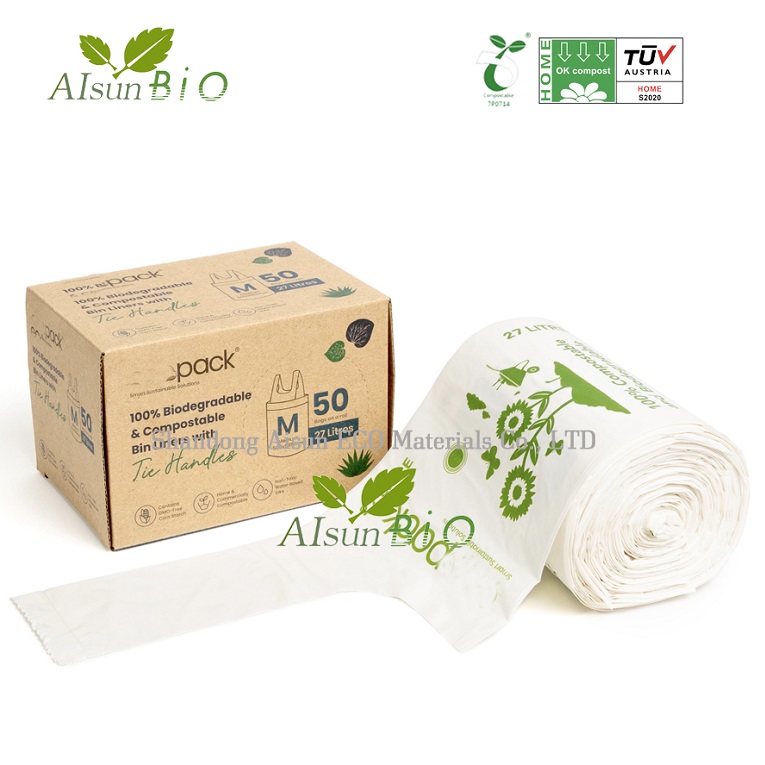Currently the most popular degradable materials are PLA and PBAT, both of which are fully biodegradable.
Degradable plastics refer to a class of plastics whose products can meet the requirements of use in terms of performance, remain unchanged during the storage period, and can be degraded into environmentally harmless substances under natural environmental conditions after use. Therefore, it is also called environmentally degradable plastic.
There are a variety of new types of plastics: photodegradable plastics, biodegradable plastics, light/oxidation/biologically fully degradable plastics, carbon dioxide-based biodegradable plastics, and thermoplastic starch resin degradable plastics.
Polymer degradation refers to the process of breaking polymerized macromolecular chains due to chemical and physical factors. The degradation process of macromolecular chain breakage of polymers exposed to oxygen, water, radiation, chemicals, pollutants, mechanical forces, insects and other animals and microorganisms is called environmental degradation.
Degradation reduces the molecular weight of the polymer, and the physical properties of the polymer material decrease until the polymer material loses its usability. This phenomenon is also called the aging degradation of the polymer material.
The aging degradation of polymers is directly related to the stability of polymers. Aging degradation of polymers shortens the service life of plastics. For this reason, since the advent of plastics, scientists have devoted themselves to the research on the anti-aging of such materials, that is, the stabilization, in order to produce high-stability polymer materials, and scientists from various countries are also using the aging degradation behavior of polymers. The race to develop environmentally degradable plastics.
The main application fields of degradable plastics are: agricultural mulch film, various plastic packaging bags, garbage bags, shopping bags in shopping malls and disposable tableware, etc.
Post time: Oct-18-2022

